The beard has always been considered a sign of masculinity, but not everyone was gifted with having a natural, full beard. If you want to fill in gaps in your beard, on the cheeks, upper lip, or simply want a fuller beard with a higher density – a beard transplantation offers a permanent and aesthetic solution.
The hair follicles are extracted using the FUE-method, in which individual hair follicles are taken from the donor area (usually the back of the head).
The hair follicles are then transplanted precisely into the beard using the Sapphire method.
IST-HAAR accompanies you on your way to a full beard, with a customized travel plan for your beard transplant in Istanbul.
IST-HAAR organizes your treatment with Clinicana at the renowned Acibadem Hospital, one of the leading international clinics for hair transplants.

Over time, the FUE/Sapphire-method has proven to be particularly efficient and gentle for hair and beard transplants.
That’s why we use the FUE/sapphire-method (Follicular Unit Extraction) for our beard transplants.
Individual hair follicles are extracted from the donor area (usually the back of the head).
The channels in the recipient area (Beard) are then opened one by one, using a sapphire blade.
In the last step, the previously extracted hair follicles are implanted in the open channels.
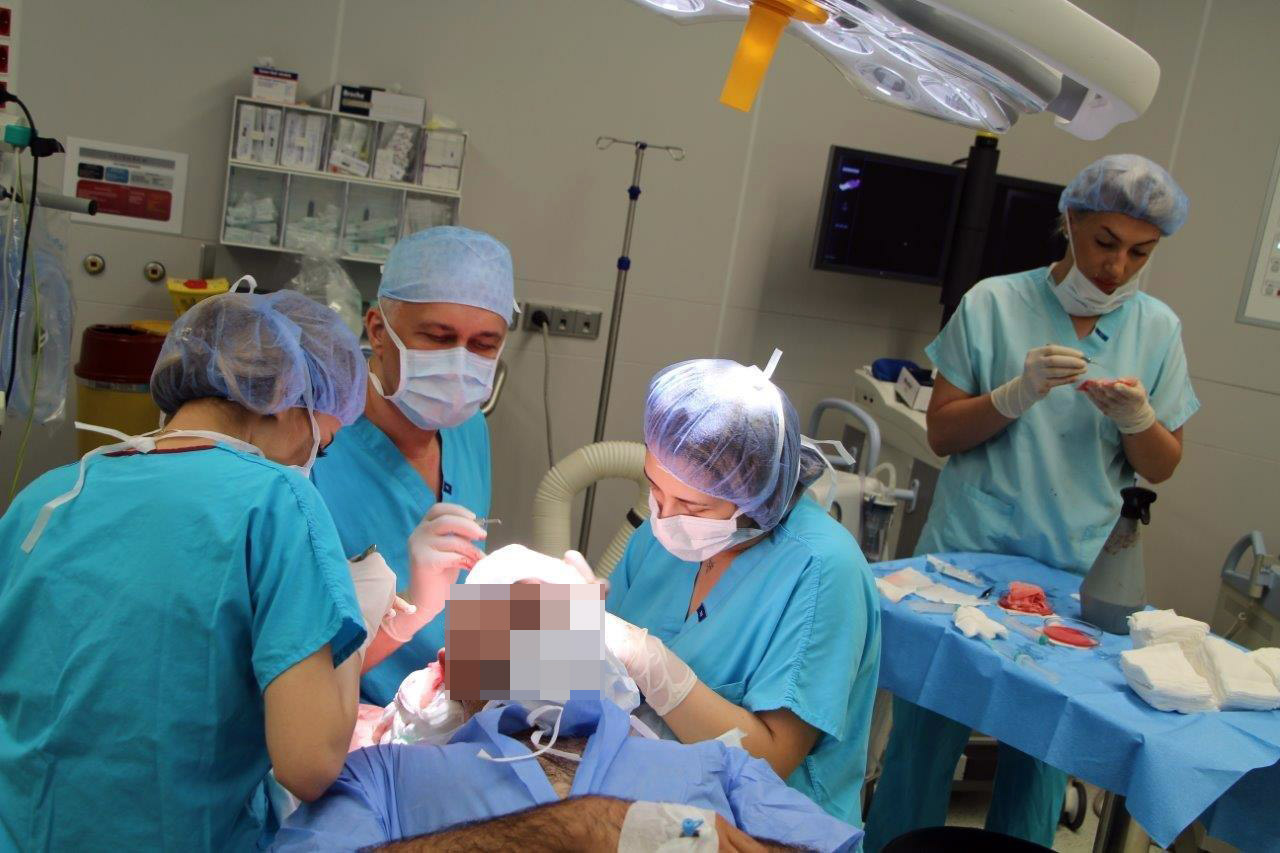
This method is particularly popular as it is virtually painless, leaves no scars and has a short recovery time.
The FUE/Sapphire-method offers you a safe and effective way to get the beard you want.
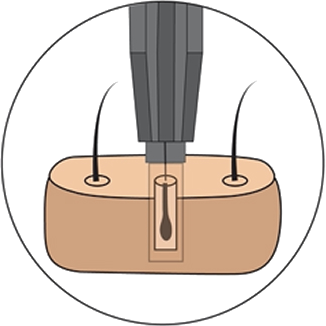
In the first step, the donor area is shaved and then locally anaesthetized. Our specialists then use a tiny “micro-punch” to carefully remove individual grafts (groups of 1 to 4 hairs) from the donor area using FUE.
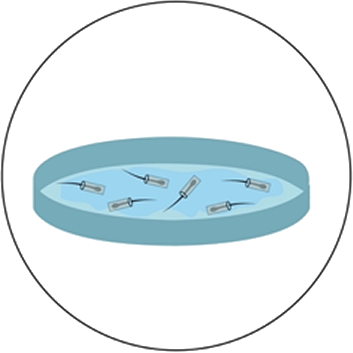
The harvested hair follicles are placed in a special nutrient solution so they remain healthy and vital until they are transplanted into the beard area.

In the beard region, where more density is desired or bald spots need to be filled in, precise small channels are opened, using a sapphire blade. These serve as receptor sites for the hair follicles and are aligned to create a natural beard growth pattern.
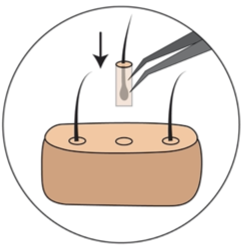
The prepared hair follicles are implanted individually and very carefully into the opened channels. Attention is paid to the direction of growth and the natural appearance of the beard. The channels close automatically within a few hours, and the healing process begins immediately.
The right aftercare for the time after the hair transplant is crucial for the success of the procedure. To minimize the risk of an infection or hair loss and to achieve a naturally beautiful result – special attention must be paid to the aftercare.
After the hair transplant, the implanted follicles are still very sensitive and require special care in order to develop strongly.
In the initial period, any physical exertion, direct sunlight, mechanical irritation, smoking, and alcohol should be avoided, to ensure an ideal healing process.
The experts at IST-HAAR will provide you with detailed care instructions and aftercare instructions to ensure that your scalp heals perfectly. If you have any questions or concerns, we are always at your disposal – even (at least) 12 months after the procedure!
You should avoid exhausting physical activity in the first few days after the procedure. Heavy sweating or increased blood pressure can harm the transplanted hair follicles.
Any form of smoking (cigarettes, vape, shisha, etc.) should be avoided for 10 days after the hair transplant. Smoking can cause circulatory disorders, delay wound healing, and risk of damaging the transplanted hair (less oxygen and nutrients)
Avoid direct sunlight as the treated areas are still sensitive during the healing phase.
Should be avoided for 8 weeks until the scalp is fully healed.
The consumption of alcohol should be avoided for at least seven days after the hair transplant.
The healing of the scalp goes through different phases after the hair transplant.
Below you will find a step-by-step explanation of the recovery process:
A Hair transplantation is considered to be a very safe procedure with minimal risks, provided that it is carried out professionally with the proper aftercare.
However, risks can never be ruled out completely to 100%.

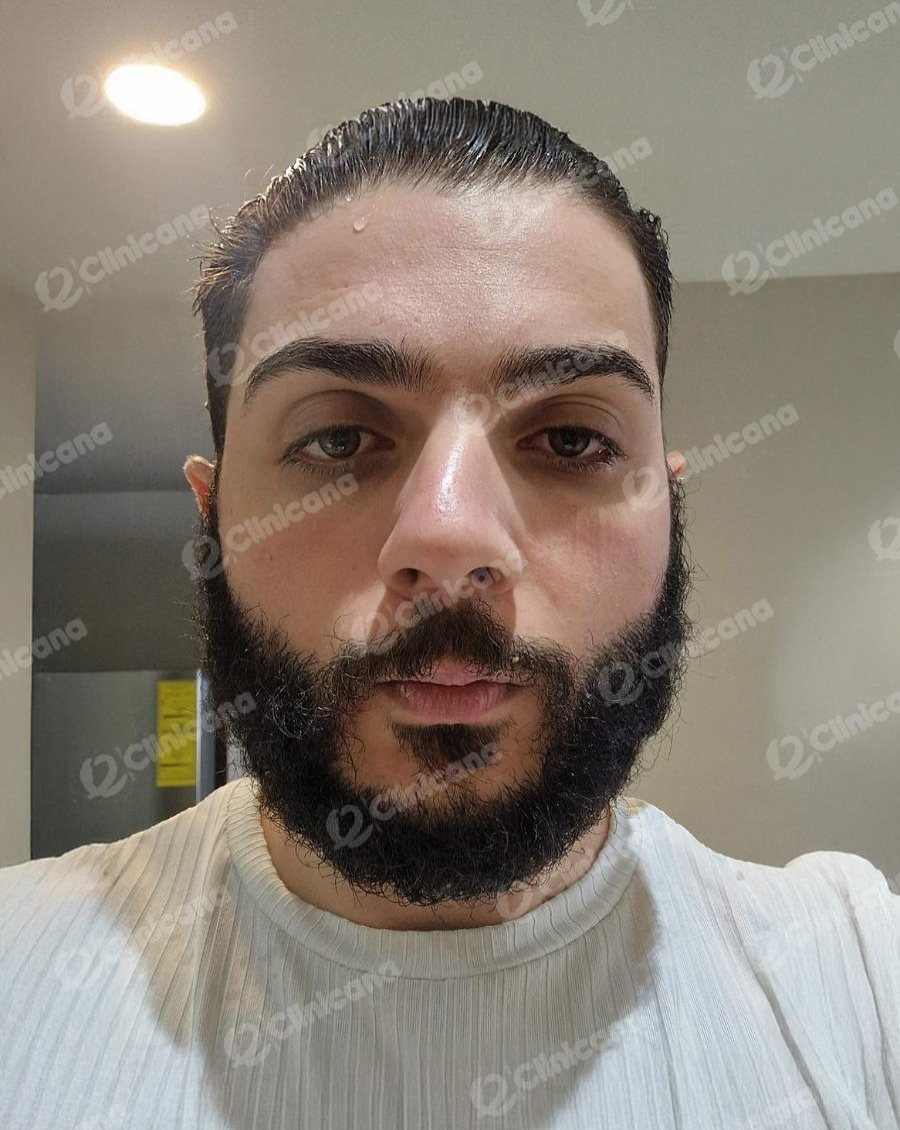

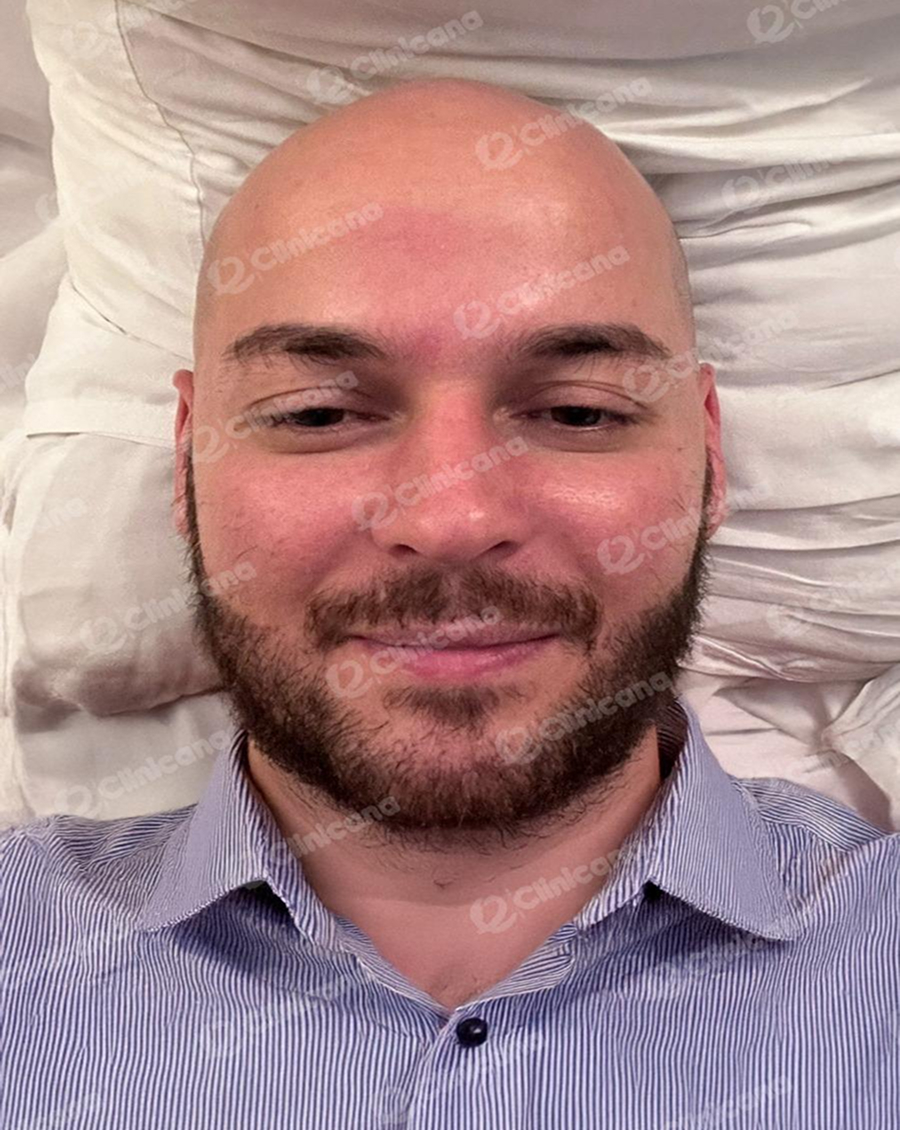
Whether shaving is necessary depends on the method and the number of hair follicles required: